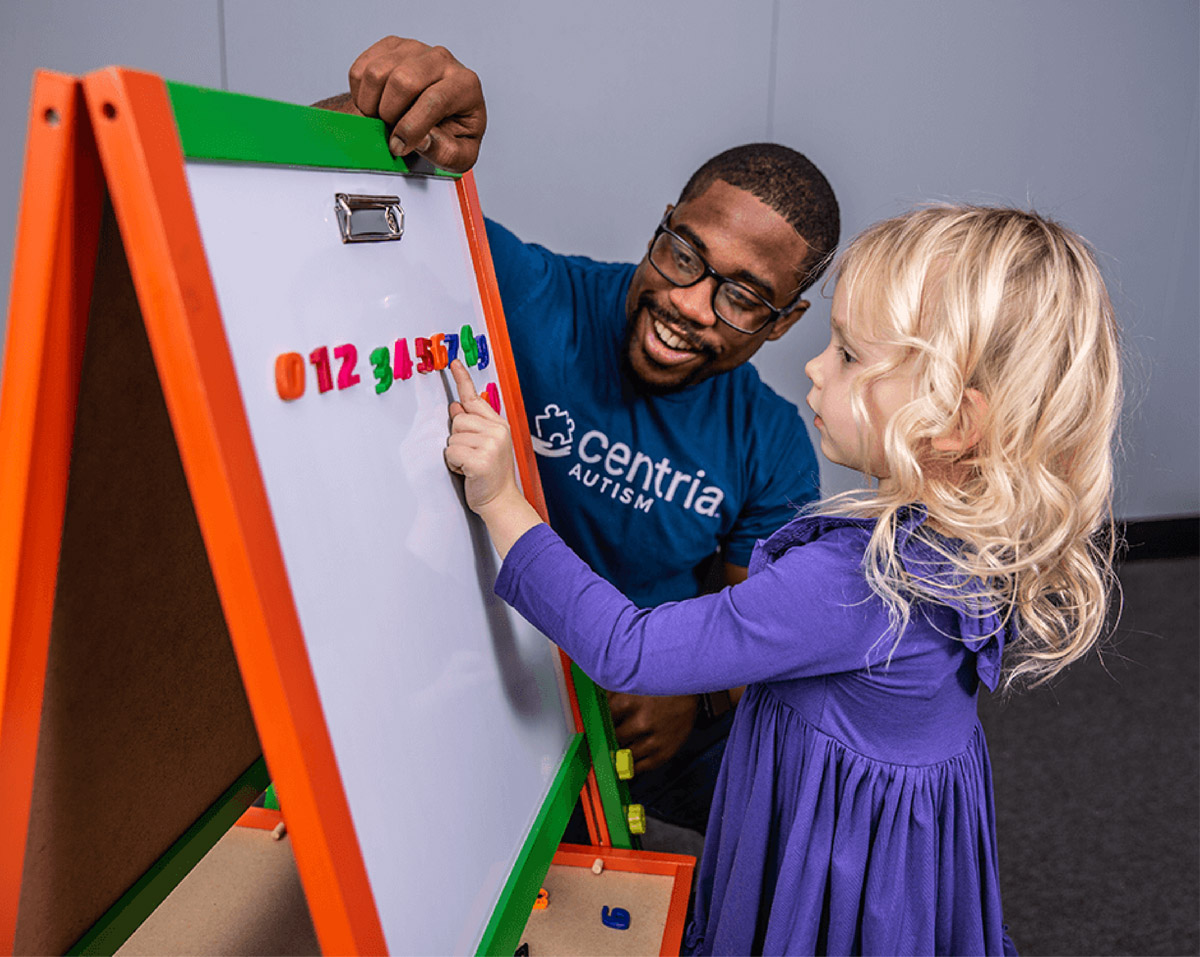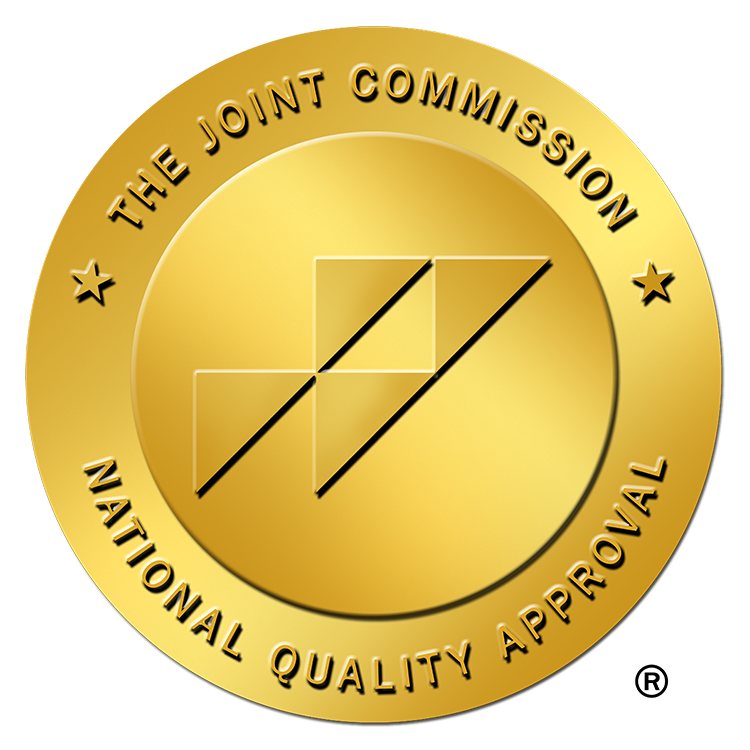Let’s be honest—being a great behavior analyst is not just about knowing protocols or following a checklist. Yes, we have evidence-based strategies and data-driven plans. Real-world practice, though, is where things get interesting. That is where we attempt to bridge the gap between the literature and the application. Real success often depends on how flexibly we apply all that knowledge to the individual in front of us—their environment, their needs, even the person implementing the plan.
Beyond Rote Learning: Developing Real Clinical Skills
It can be easy to fall into the trap of comfort by memorizing programs or applying the same intervention to every client. Flexibility and solid clinical judgment, though, are not built from jargon, default interventions, or using assessment items as programming goals when those goals ignore the data in front of you. These skills develop through experience-based training, ongoing mentorship, and continued exposure to new ideas and situations. In short, continuing education matters. We are trained to trust the data (as we should). Applying interventions without adjusting for the specific context and conditions, however, puts social significance for the learner at risk.
The most well-rounded, effective supervisors recognize when to modify, combine, or rethink an approach. That kind of decision-making requires more than technical knowledge or sporadic learning opportunities. It is a skill in itself, shaped over time through consistent feedback, a nimble approach to learning, and openness to new ideas and information.
Novel Behavior Comes from History (Not Magic)
Catania (1998) noted that “novel behavior is not necessarily uncaused; rather, it may result from histories of reinforcement that establish behavior under the control of complex variables.” That idea applies to our work. Every time we read an article, listen to a podcast, attend a workshop, or receive mentorship, we contact new contingencies and discriminative stimuli. These moments help us respond more flexibly when clinical situations do not go “by the book.”
Continued learning experiences shape higher-level skills like sharper discrimination, deeper conceptual understanding, and more fluid decision-making. They provide more data to conceptualize from the moment. They strengthen our ability to think on our feet—be responsive—and that is what masterful clinical work is all about.
Creativity Through Adduction? Yep.
If you have explored Relational Frame Theory, you might have come across the term adduction. Hayes, Barnes-Holmes, and Roche (2001) describe it as the emergence of novel behavior resulting from the recombination of previously learned relational responses in new contexts. It is a technical way of explaining how prior learning can combine in new ways to produce creative solutions. How does that happen? Through continuing education. Regular exposure to new material and perspectives increases the likelihood of generating creative, individualized, effective solutions to complex or novel situations.
Problem Solving Is a Behavior, Too
Skinner (1969) defined problem solving as “any behavior which, through the manipulation of variables, makes the appearance of a solution more probable.” It is not some magical insight—it is behavior. Specifically, it is behavior that increases the likelihood of a solution. When we hit a wall with a client, effective responsiveness depends on the strength of our history of reinforced problem-solving. Without ongoing learning opportunities, that history and the pathway toward creative conceptualization likely have not been built.
Watch Out for Restricted Stimulus Control
Ever notice how some clinical supervisors default to, or get comfortable with, the same strategies, programs, or feedback style—regardless of the client, technician, supervisee, or context? That’s restricted stimulus control. When clinical supervisory behavior only shows up under certain conditions—like working effectively with one type of client profile, one setting, or using the same data sheets and implementation procedures—it limits growth for the client, the technician, the supervisee, and the supervisor. It might look consistent, and the supervisor may be able to justify it, but it is not adaptive. The fix? Continuing education.
Supervisors need more than initial training. They need regular exposure to evolving practices, current research, and diverse clinical cases. They also benefit from experience-based practice under the guidance of multiple mentors. One mentor is helpful. Multiple voices, though, challenge rigid habits, sharpen skills, and expand perspective. Clinical judgment gets stronger when shaped across varied models, feedback styles, and contexts. Supervision is a skill that requires the same shaping and generalization we expect from others. Without it, we are just reinforcing narrow repertoires—and calling it competence.
Staying Sharp Takes Effort (and Good Mentorship)
Avoiding rigid practice means intentionally pushing ourselves. That might include high-quality supervision, reading beyond our usual go-tos, attending events, or sitting down with colleagues to talk through tough cases. These experiences help shape a more flexible, nuanced clinical repertoire. Continuing education is not just about racking up CEUs for certification. It is a way to keep our behavior fresh, responsive, and effective. As Skinner (1953) pointed out, “a repertoire of behavior is a product of the contingencies to which it has been exposed.” Creativity and adaptability do not come from nowhere—they are shaped by history.
Our clients deserve more than just a competent technician. They deserve a clinician who is thoughtful, curious, and adaptable. Continuing education is one of the best ways to grow into that role. After all, mastery is not the goal. Each client is different. What matters more is building the proficiency and resourcefulness to respond effectively to a wide range of client needs.
About the Author
This blog was written by Amanda Bissonette, Area Director of Clinical Services. Amanda is a Board Certified Behavior Analyst (BCBA) with nearly 14 years of experience across a variety of settings, including residential treatment, early intervention, school-based instruction and consultation, and services for individuals with multiple and severe disabilities. She currently serves as an Area Director of Clinical Services on Centria’s DeNovo team, where she focuses on building sustainable systems of care and developing resilient, high-performing clinical teams.
Her career began as a paraprofessional in a high school setting and has evolved through roles such as behavior tutor, RBT, training director, special education teacher, IEP consultant and parent advocate, clinical and regional director, mentorship advisor, and organizational systems consultant. This diverse experience informs her systems-level approach to designing scalable systems interventions, ensuring clinical and center-based performance and stabilization, and supporting long-term organizational success. Her areas of expertise include case conceptualization and consultation, psychometrics, adult-learner development, systems analysis, recruitment and retention strategies, and clinical work with individuals with complex comorbidities.
Amanda is especially passionate about training and mentorship. She creates individualized, experience-based learning programs for adult learners and coaches leadership teams to cultivate psychologically safe, collaborative work environments. Her work is grounded in data-informed decision-making, progressive supervision, and a strong commitment to ethical, person-centered care.
Outside of work, Amanda enjoys film, hockey, the outdoors, live music, and exploring new places with her husband—especially when paired with a great cup of coffee or a bold, dry, high-viscosity wine.
References
Baer, D. M., Wolf, M. M., & Risley, T. R. (1968). Some current dimensions of applied behavior analysis. Journal of Applied Behavior Analysis, 1(1), 91–97. https://doi.org/10.1901/jaba.1968.1-91
Catania, A. C. (1998). Learning (4th ed.). Prentice Hall. Duncker, K. (1945). On problem solving. Psychological Monographs, 58(5), i–113. https://doi.org/10.1037/h0093599
Hayes, S. C., Barnes-Holmes, D., & Roche, B. (2001). Relational frame theory: A post-Skinnerian account of human language and cognition. Springer.
Sidman, M. (1994). Equivalence relations and behavior: A research story. Authors Cooperative.
Skinner, B. F. (1953). Science and human behavior. Macmillan. Skinner, B. F. (1969). Contingencies of reinforcement: A theoretical analysis. Appleton-Century-Crofts.





